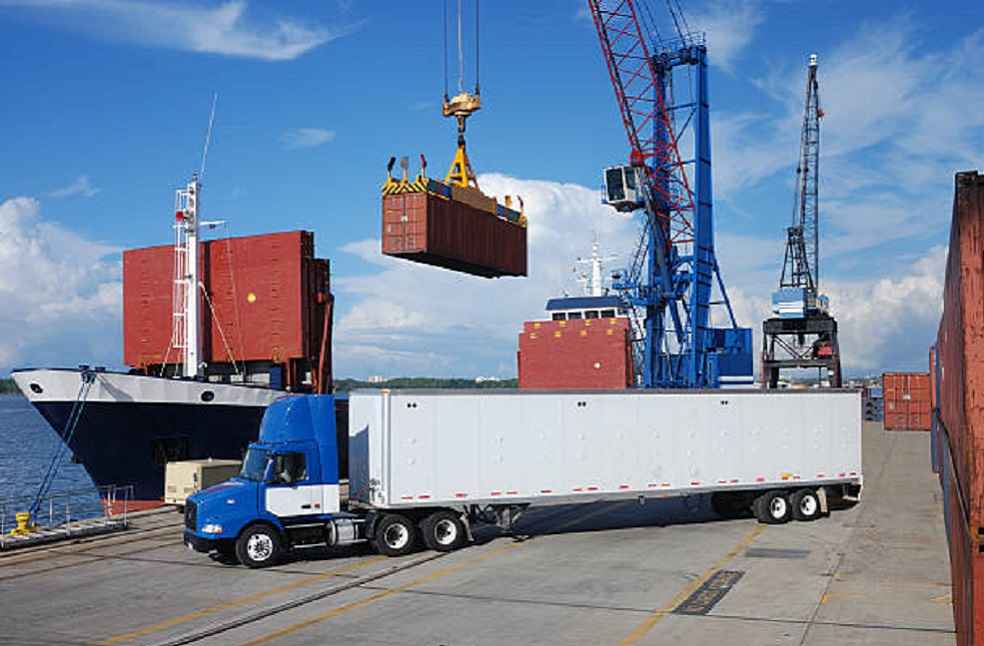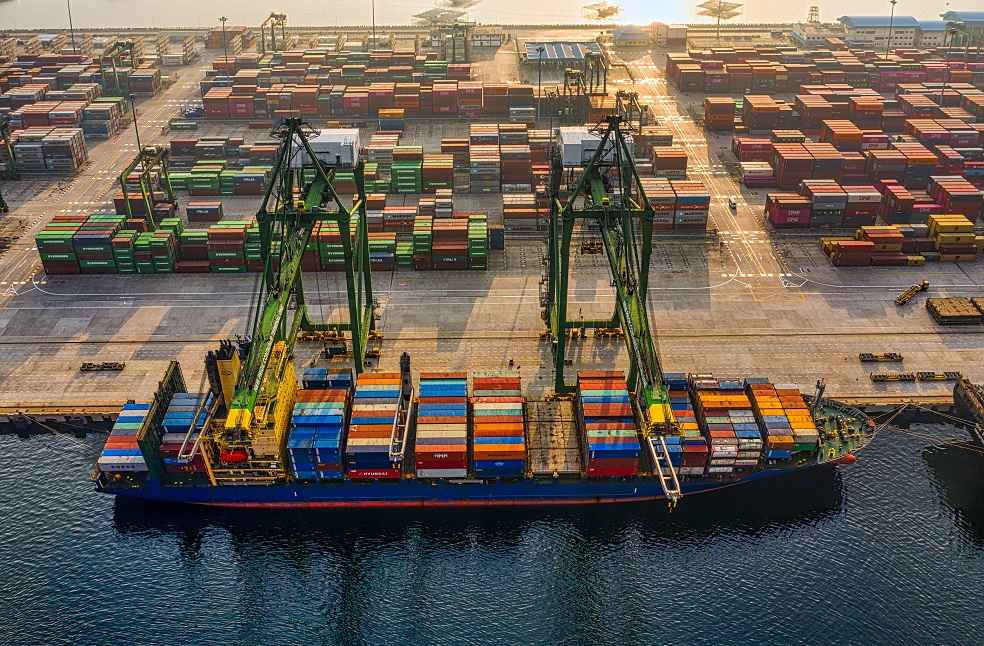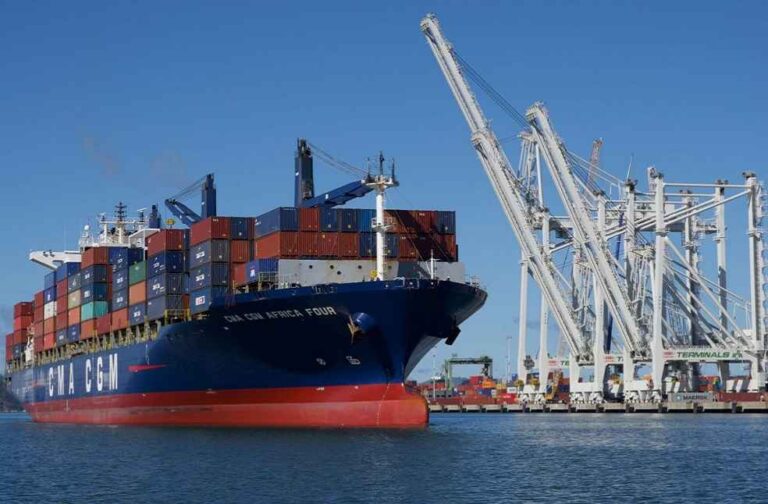India’s export sector faces substantial hurdles, as high freight costs and a scarcity of domestically produced containers strain the country’s global trade capabilities. The Global Trade Research Initiative (GTRI) points to critical gaps in shipping infrastructure and container manufacturing, calling for decisive steps to regain control over trade costs and reduce reliance on foreign shipping entities.
The cost of shipping a 40-foot container has seen significant fluctuations from 2022 to 2024, with disruptions in the Red Sea exacerbating the situation. Indian exporters now face shipping rates that have surged to more than twice their levels from a year prior. Current average rates stand at $4,775, following a peak of $4,942 in 2022. These figures reflect a stark contrast to pre-pandemic costs, which hovered around $1,420 in 2019.

Ajay Srivastava, founder of GTRI, stresses that port congestion and disturbances in key shipping routes have amplified these costs. While some attribute the container shortages to strategic stockpiling by China, Srivastava suggests the real issue is more structural—port bottlenecks and logistical breakdowns have played a larger role.
A staggering 90-95% of India’s cargo moves through foreign shipping companies, which hold substantial sway over pricing and shipment schedules. Indian companies, with control over only a small fraction of total trade volume, lack the leverage to influence costs or timings. This dependency on external players magnifies India’s vulnerability, especially as global trade tensions escalate.

Complicating matters further is India’s reliance on transshipment hubs such as Colombo, Singapore, and Klang, which adds delays and costs. The country also faces substantial exposure to supply risks, with the bulk of its containers sourced from China. India produces only 10,000 to 30,000 containers per year, compared to China’s 2.5 to 3 million—a stark imbalance that places India at a clear disadvantage.
To address these challenges, GTRI underscores the importance of expanding local container production. The costs of manufacturing in India—between $3,500 and $4,000 per 40-foot container—are notably higher than in China, where the same container costs $2,500 to $3,000. This price differential forces Indian businesses to rely on more affordable Chinese containers, deepening the country’s exposure to supply chain disruptions.
POLICY & LAW | India Removes Basmati Rice Export Floor Price to Boost Global Trade



